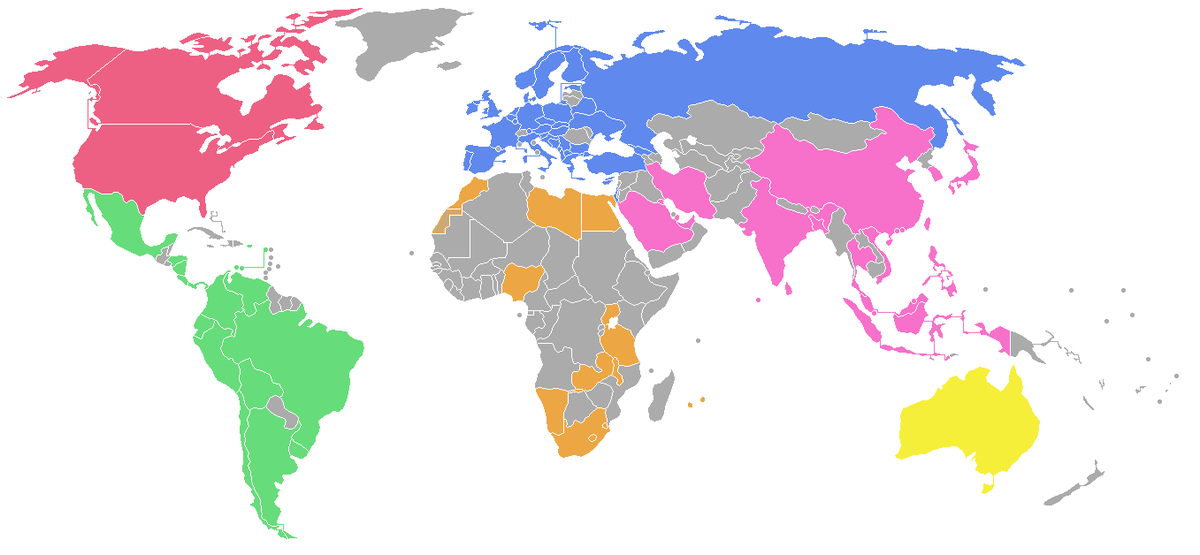3 Awesome Tips About What Is Billiards From Unlikely Sources
페이지 정보

본문
David Alciatore, author of The Illustrated Principles of Pool and Billiards, suggests using a corner pocket as point "zero" and then to count up between diamonds. Each diamond would be in tens: the first dot from the corner pocket would be 10, the next 20, and so on. There are three dots between each pocket except for the center diamond spot in one of the short rails; this is typically replaced by the name of the manufacturer of the pool table. Hi my name is Florian Kohler, also known as Venom. Bowl and conical shaped lights are very common in the pool lighting world, as the shades around these lights help to focus the illumination the pool table, what is billiards without allowing the light to flow outwards and distract the players. Some lighting manufacturers will state that their lights can be used for most tables in the 7 to 9-foot range. Each dot is designed to act as an angle marker to guide players in making bank shots; for example, a typical straight shot aimed at a dot will bounce off at a right angle. Pool experts use all 17 dots, the imaginary 18th dot plus each of the pockets as a geometric way to divide the table.
How Much Does A Decent Pool Table Cost? For example, this hanging billiard light fixture is suited for 7 to 9-foot pool tables. Tournament size nine-foot tables have a playfield of about 50 x 100 inches. The story of the humble comb's makeover is part of the much larger story of how we ourselves have been transformed by plastics. The way croquet is depicted in paintings and books says much about popular perceptions of the game, though little about the reality of modern play. Oxford University Croquet Club. Kung holds a master's degree in management and entrepreneurship from the University of San Francisco. Raleigh Kung has been a social-media specialist and copywriter since 2010. He has worked with various companies on their online marketing campaigns and keeps a blog about social-media platforms. Boru, Sean (2010). The Little Book of Snooker. Repeat the process thousands of times and voilà! Just months after the war's end, thousands of people lined up to get into the first National Plastics Exposition in New York, a showcase of the new products made possible by the plastics that had proven themselves in the war. The arrival of these malleable and versatile materials gave producers the ability to create a treasure trove of new products while expanding opportunities for people of modest means to become consumers.

Pool and billiards experts are renowned for their ability to sink the most difficult shots consistently. Billiards had come to captivate upper-crust society in the United States as well as in Europe. In the post-World War II world, where lab-synthesized plastics have virtually defined a way of life, we've come to think of plastics as unnatural, yet nature has been knitting polymers since the beginning of life. Recent years have seen the hipsters come in, hoping for a glimpse of Jack White playing pool or John Prine shooting snooker, but the real boon came when the Melrose apartments were built three years ago, giving a permanent bump to the crowd. These include chip-proof billiard balls, two cues, a triangle, a brush, and chalk, so you have everything you need to get the game going! It's a sociable molecule consisting of four hydrogen atoms and two carbon atoms linked in the chemical equivalent of a double handshake. The word comes from the Greek verb plassein, which means "to mold or shape." Plastics have that capacity to be shaped thanks to their structure, those long, flexing chains of atoms or small molecules bonded in a repeating pattern into one gloriously gigantic molecule.
With a little chemical nudging those carbon atoms release one bond, allowing each to reach out and grab the carbon in another ethylene molecule. Ever since, combs generally have been made of one kind of plastic or another. Depending on how it's processed, the plastic can be used to wrap a sandwich or tether an astronaut during a walk in deep space. But in the late nineteenth century, that panoply of possibilities began to fall away with the arrival of a totally new kind of material-celluloid, the first man-made plastic. The game is easy for anyone to start playing, so pick up a cue and line up your first shot. Combs were among the first and most popular objects made of celluloid. And from the time that humans began using combs instead of their fingers, comb design has scarcely changed, prompting the satirical paper the Onion to publish a piece titled "Comb Technology: Why Is It So Far Behind the Razor and Toothbrush Fields?" The Stone Age craftsman who made the oldest known comb-a small four-toothed number carved from animal bone some eight thousand years ago-would have no trouble knowing what to do with the bright blue plastic version sitting on my bathroom counter.
- 이전글플러스바카라싸이트⤎{bb4545.Cⓞm}⤎헤라바카라싸이트 24.07.10
- 다음글Menyongsong Masa Depan bersama dengan Rumah Subsidi di Bandung 24.07.10
댓글목록
등록된 댓글이 없습니다.